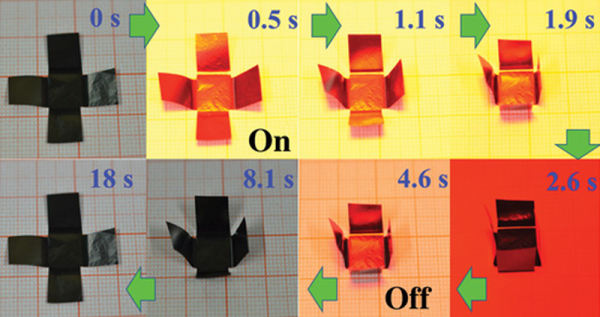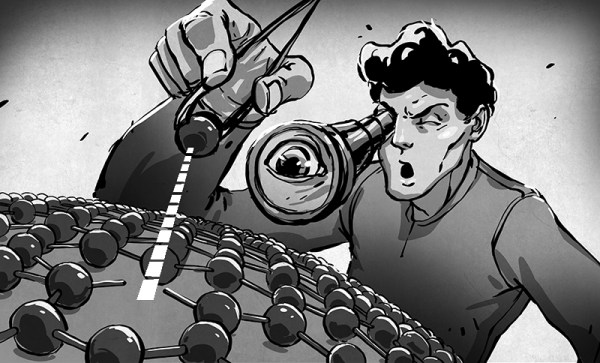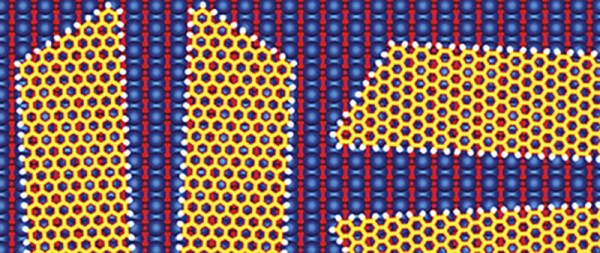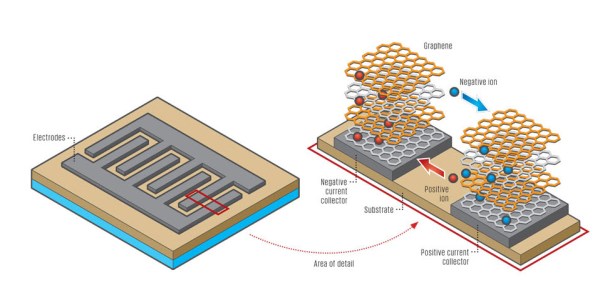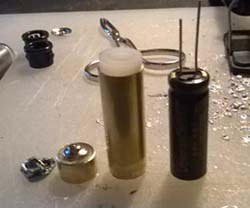If you read Hackaday regularly, you’ve probably heard that you can use a LASER to create graphene. There’s been a bit of research on how to make practical graphene supercapacitors using the technique (known as LIG or LASER-induced graphene). Researchers at Rice University have been working on this, and apparently they’ve had significant success inducing graphene capacitors on a Kapton substrate. The team has published a paper in Advanced Materials (which is behind a paywall) about their work.
In particular, Rice claims that they have easily produced supercapacitors with an energy density of 3.2 mW/cubic centimeter (that’s what the University’s website reports; they probably mean mW-hours/cubic centimeter) with capacitances near one millifarad per square centimeter. A key benefit of the construction method is that the capacitors continued to work after researchers bent them 10,000 times. A flexible capacitor is useful in wearable devices that would often flex, or in a device like a cell phone that could bend in your back pocket as you sit.


